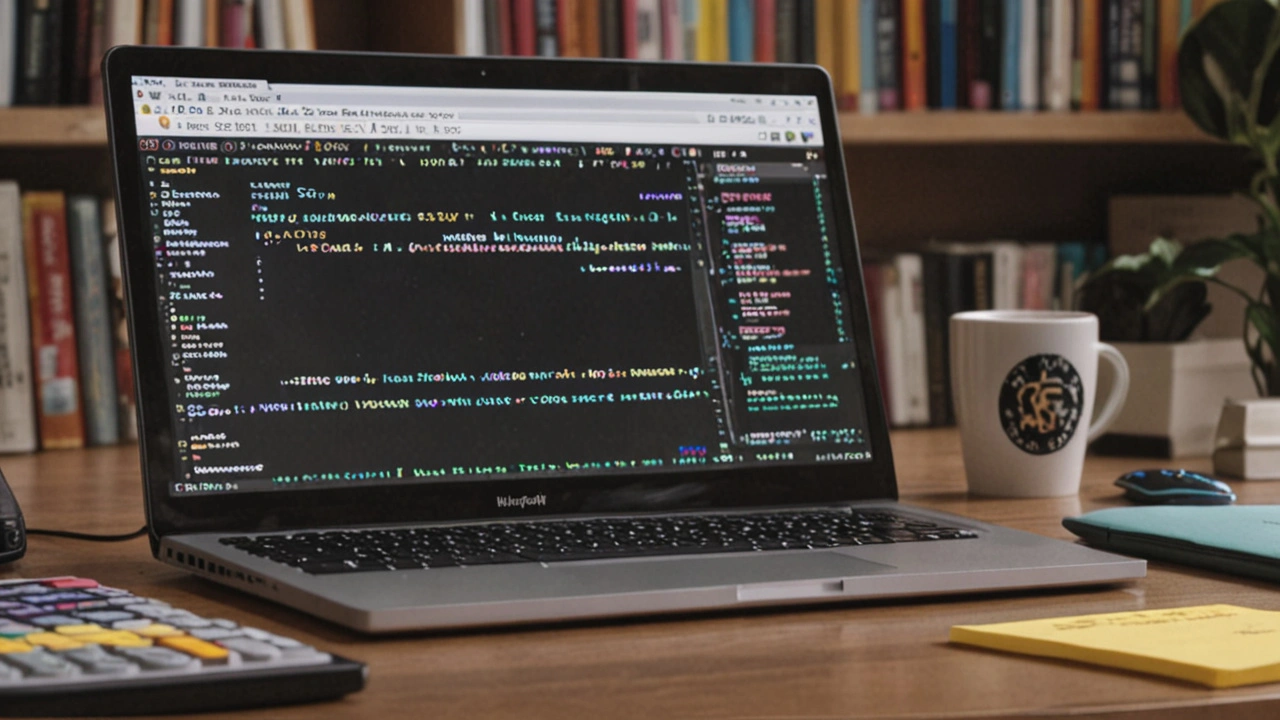Essential Guide: Practical AI, Coding & Programming Tips
If you’re scrolling through endless articles hoping to find one that actually helps you get something done, you’re in the right spot. This guide pulls together the most useful advice from our AI and coding library, condensing it into bite‑size steps you can apply today. No fluff, just clear actions.
Jump‑Start Your AI Learning
First thing: pick a single language and stick with it. Python dominates AI because of libraries like TensorFlow, PyTorch, and scikit‑learn. Install the latest version, then fire up a notebook and run a “Hello World” model—something as simple as predicting the iris flower species. The moment you see data flow through a model, the abstract becomes concrete, and motivation spikes.
Next, set a 90‑day roadmap. Break the period into three phases: fundamentals (weeks 1‑3), project building (weeks 4‑8), and portfolio polishing (weeks 9‑12). Spend the first few weeks mastering NumPy and pandas; they’re the data‑handling backbone of any AI work. Then choose a small project—spam detection, image classifier, or a chatbot. Building something real forces you to Google, troubleshoot, and remember far more than passive reading.
Boost Your Coding Speed Without Losing Quality
Speed comes from habits, not typing faster. Start each session by writing a tiny todo list in plain English. Turn those items into functions immediately; the act of naming a function clarifies intent and reduces later refactoring. Use an editor that supports linting and auto‑completion—VS Code with the Python extension is free and powerful.
Learn a handful of shortcuts that shave minutes off every hour. For example, Ctrl + / to comment/uncomment blocks, and Ctrl + Shift + L to select all instances of a variable. These tricks feel trivial, but over a day they add up to hours saved. Pair this with automated testing: write one test per function as you go. When a bug appears, the test tells you exactly where to look, keeping you from chasing ghosts.
Finally, adopt a “code‑first, doc‑later” mindset. Write clear, self‑describing variable names; you’ll spend less time adding comments later. After you finish a module, spend five minutes cleaning up spacing and naming. That tiny polish makes future reads painless and keeps the momentum going.
By following these steps—choosing Python, mapping a 90‑day AI plan, and tightening your coding workflow—you’ll move from “I want to learn” to “I’m actually doing.” The guide is a living checklist; revisit it whenever you hit a roadblock, and you’ll keep making forward progress. Happy building!

Essential Python Tricks: A Must-Have Guide for Every Programmer
This article dives into exciting and practical Python tricks every programmer should know. From useful functions to hidden features, discover how to enhance your coding efficiency and make your projects stand out. You'll learn tips, shortcuts, and hidden gems that will boost your productivity and deepen your understanding of Python.